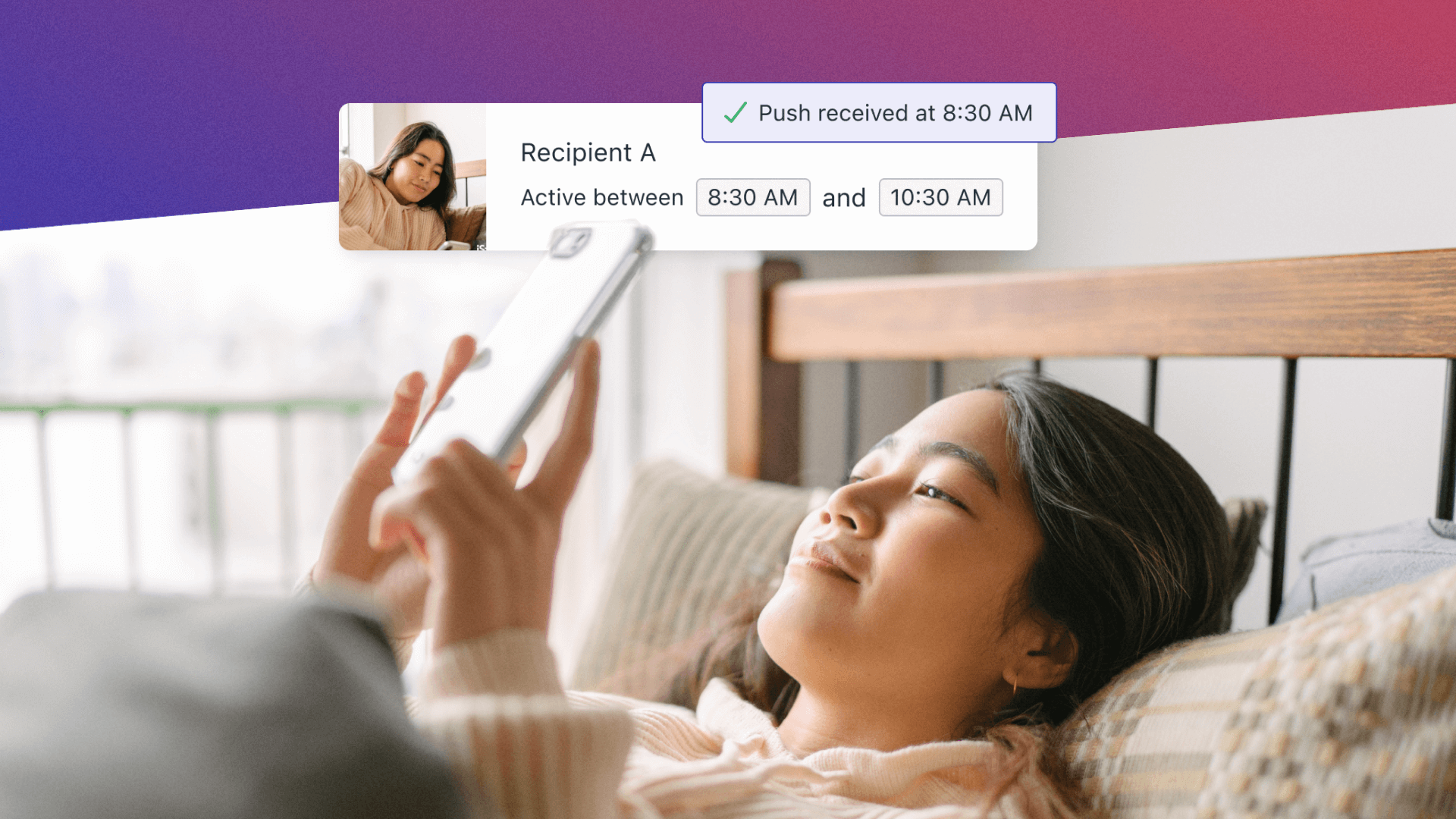The mobile user journey is most likely something you’ve heard a lot about, but how much of it is actually applicable to your current engagement strategy? Rather than give you an overview of the entire user journey, we’re going to identify the key moments where you should be prioritizing your engagement campaigns for maximum impact.
When you meet users at their current journey stage, you get a clearer picture of what makes them tick and what makes them stick.
Ready to get hands on? Our User Journey Mapping Template provides a custom Google spreadsheet to help you track each user journey phase and better understand your audience.
Which Behavior Metrics Signify Engagement Opportunities?
User behavior analytics offer a powerful toolset to pinpoint critical moments in the user journey where engagement can be most impactful. By leveraging mobile user analytics platforms, you should be tracking various metrics such as user interactions, session durations, click-through rates, and conversion funnels. As patterns and trends emerge, key points in the user journey will be revealed where users either exhibit significant engagement or encounter obstacles.
Before we break down each user journey stage, use these three user engagement metrics to help zero in on your strongest engagement opportunities across the board.
Sign #1: Your Mobile App Retention Rate
Low retention rates typically indicate issues with the user experience, lack of valuable content or features, or ineffective mobile user onboarding processes. By pinpointing these areas of low retention, you should be targeting your campaigns to re-engage users and redefine the value of your app.
In-app messaging has been shown to improve retention rates by 27%. This highly flexible messaging channel can be used to achieve pre-permission prompting, communicate new feature announcements with sliding in-app carousels, and survey users in real-time to collect invaluable feedback.
Sign #2: Your Conversion Rates
Conversion rates are another potential engagement opportunity. This measures the percentage of users who complete a desired action within your app, such as making a purchase, signing up for a subscription, or completing a level in a game. For example, you may notice a high percentage of users are sticking to your free plan and not upgrading to the premium subscription despite being exposed to trial period offers.
We go into this very topic in our guide on Using Mobile Notifications to Target Users Most Likely to Convert.
In this case, you would leverage in-app notifications, email marketing campaigns, and push notifications to offer exclusive discounts, limited-time promotions, or incentives for users to upgrade to the premium plan. Users who have completed a certain number of sessions on the free plan (and already demonstrated high engagement) would receive a targeted offer for a discounted subscription upgrade as a reward for their loyalty. These offers would place a heavy focus on addressing common barriers to subscription upgrades, such as concerns about cost or uncertainty about the value of premium features. This is a wonderful avenue to share those glowing user testimonials or success stories from existing premium subscribers!
Sign #3: Your User Churn Rate
Finally, studying user churn patterns provides invaluable insights that inform the development of an effective engagement strategy. Your churn rate represents the rate at which users disengage or "churn out" from your platform, discontinuing their interactions and potentially switching to competitors or alternative solutions.
By analyzing the reasons behind user disengagement and identifying patterns in churn behavior, you pinpoint specific pain points among your user base and expose golden opportunities for re-engaging at-risk users.
For example, if users commonly churn after a certain period of inactivity, implementing automated re-engagement emails or push notifications can remind users of the value of your product and encourage them to return. By leveraging user segmentation you should deliver re-engagement content that satisfies the preferences of your various user groups — this could be sharing your app’s latest features, new trending topics in your industry, or personalized recommendations based on previous user activity.
Tailoring Engagement Strategies to Each Stage of the User Journey
Your mobile messaging strategies should vary at each stage of the user journey to match user needs and expectations. These factors are in a constant state of flux and your campaigns must be equally fluid if you are to truly maximize engagement.
Below is every stage of the mobile user journey along with three engagement strategies you should be putting into place for each.
1. Discovery & Awareness Stage Engagement Strategies
Make Your App a Social Butterfly
Implement targeted social media advertising campaigns to raise awareness among potential users. For example, a new fitness app may run sponsored posts on platforms like Instagram or Facebook, showcasing its unique features and benefits to users interested in health and exercise.
This is a perfect place to utilize retargeting ads to re-engage users who have previously interacted with your app but haven't completed a desired action, such as signing up or making a purchase. For example, if a user visited your app's website but didn't download the app, retarget them with ads highlighting the app's key features or offering a limited-time promotion to encourage them to take the next step.
App Store Optimization (ASO)
Optimize your app's listing on app stores by using relevant keywords, compelling visuals, and descriptive app descriptions to improve its visibility and discoverability. Utilize tools like keyword research and A/B testing to refine your app store optimization strategy and increase your app's chances of being found by users searching for apps in your category.
Regularly monitor and update your app's keywords and metadata based on changes in user search trends, competitor analysis, and app store algorithm updates. By staying proactive and responsive to shifts in the app store landscape, you can maintain or improve your app's ranking and visibility over time.
Make your new app an attention magnet in app stores with our Guide to App Store Optimization!
Word of Mouth Marketing
Encourage existing users to refer their friends or contacts to download the app by offering incentives such as discounts, credits, or exclusive rewards for successful referrals. For example, a travel booking app could offer both the referrer and the new user a discount on their next booking when the new user signs up using a referral link shared by a friend.
Incentivize users to refer their friends and compete with each other for rewards. For example, offer bonus rewards or exclusive perks for users who refer a certain number of friends or achieve specific referral milestones within a set time frame, creating a sense of achievement and motivation to participate in the referral program.
2. Acquisition Stage Engagement Strategies
Premium Subscriptions — For a Good Time, Not a Long Time
Offer a limited-time discount or free trial to incentivize users to download the app. For instance, you may provide a 30-day free trial with full access to premium features to encourage users to sign up and experience your app's value firsthand.
Create a sense of urgency by incorporating countdown timers or expiration dates into your limited-time offers. For example, emphasize that the discount or free trial is available for a limited time only, prompting users to take action before the offer expires. This can help instill a fear of missing out (FOMO) and encourage users to make a quicker decision to download or sign up for your app.
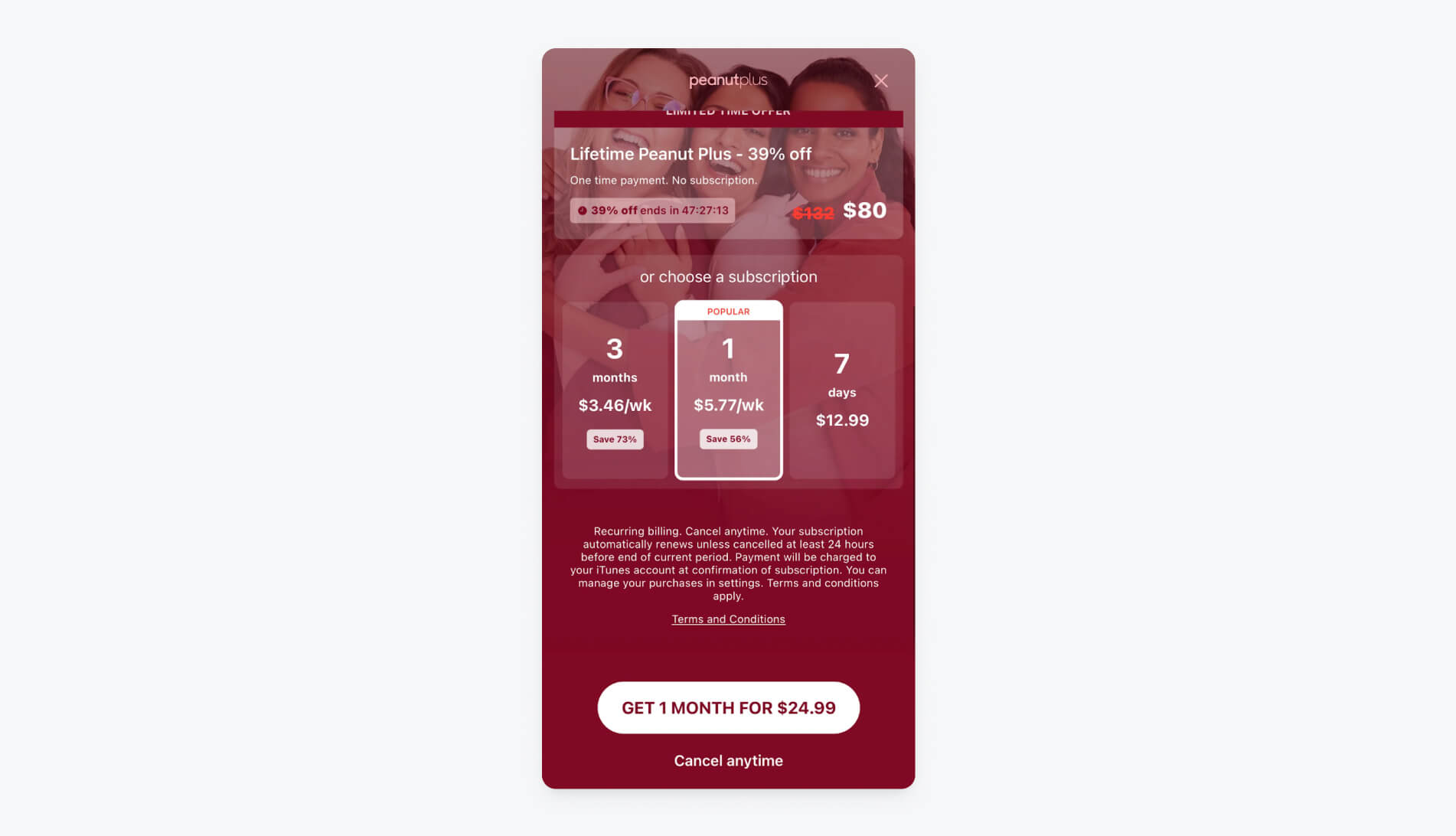
The (Social) Proof is in the Pudding
Showcase positive testimonials or user reviews on your app's landing page or marketing materials to build credibility and trust with potential users. Highlighting real-life success stories or endorsements from satisfied users can help alleviate concerns and encourage users to take action by downloading or signing up for your app.
Incorporate rich media elements such as videos or audio clips into your testimonials to make them more engaging and impactful. For example, instead of just displaying written testimonials, consider including video interviews or audio recordings of satisfied users sharing their experiences and the benefits they've gained from using your app. This adds a personal touch and authenticity to the testimonials, making them more compelling and persuasive to potential users.
Targeted Re-Engagement Emails
Use email marketing to reach out to potential users who have expressed interest in your app but haven't yet taken action. Send targeted emails with personalized messages, offers, or reminders to encourage them to download or sign up for your app. For example, a travel app could send targeted emails to users who have visited its website but haven't yet booked a trip, offering exclusive discounts or travel tips to entice them to take the next step.
Implement a drip email campaign with a series of follow-up messages designed to nurture leads and gradually move them toward taking action. Instead of sending a single email, break down your email sequence into multiple touchpoints, each focusing on providing value, addressing concerns, or offering incentives to encourage users to download or sign up for your app. This allows you to build rapport with potential users over time and increase the likelihood of conversion.
Check out these email segmentation best practices to fully take advantage of this battle-tested mobile channel.
3. Onboarding & Exploration Stage Engagement Strategies
Get Personal With Onboarding
Create a personalized onboarding experience to familiarize users with your app's features and functionalities.
Utilize contextual onboarding messages that are triggered based on user actions or behaviors within the app. Instead of presenting all onboarding information upfront, deliver relevant tips, explanations, or prompts at the moment when users are most likely to need them. For example, if a user accesses a feature for the first time, display a brief tooltip or message explaining its purpose and how to use it effectively. This ensures that users receive guidance precisely when they need it, enhancing their understanding and retention of key app features while minimizing disruption to their exploration process.
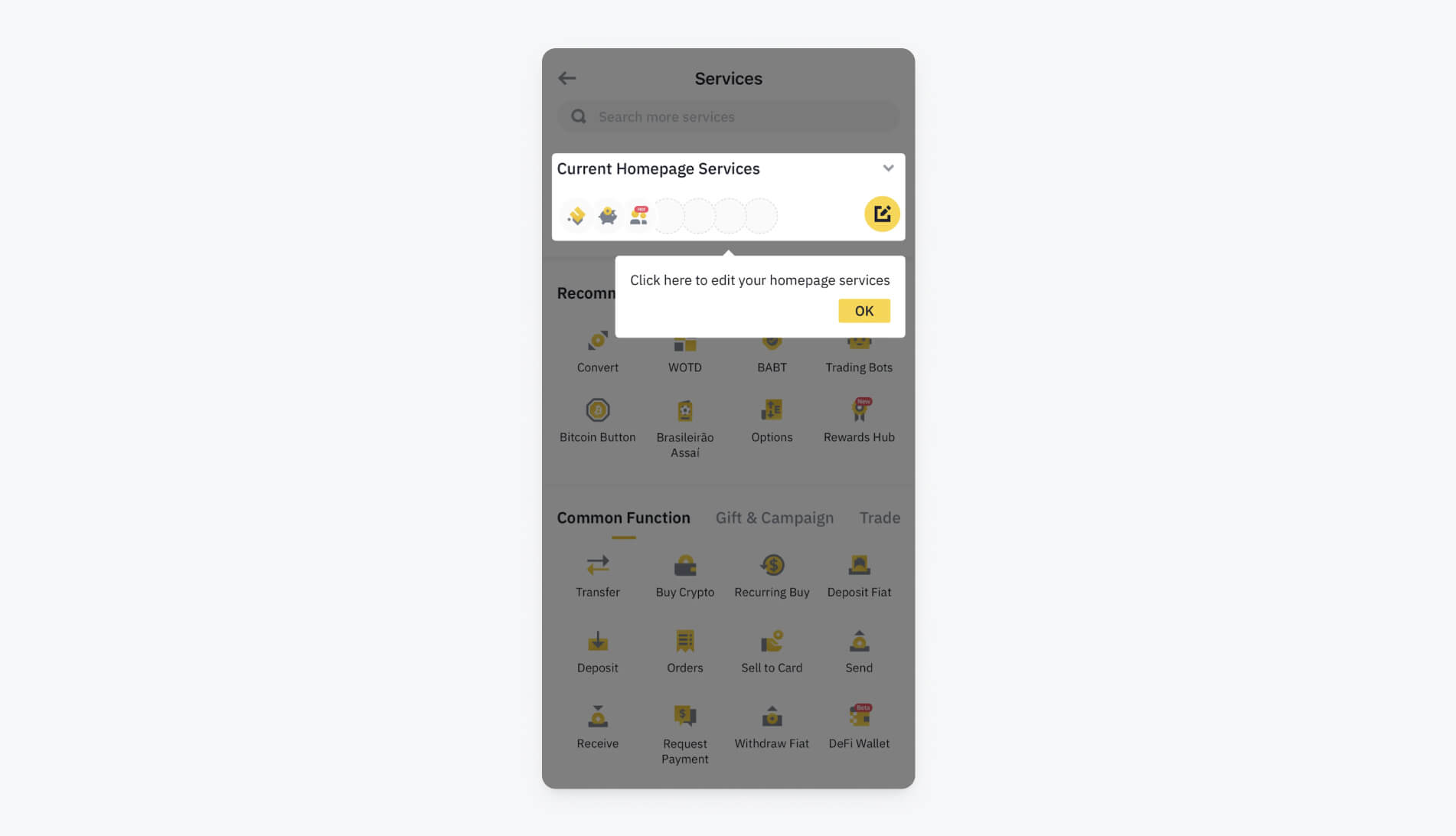
Our Mobile User Onboarding Toolkit is a unique collection of resources designed to take your onboarding sequences to the next level.
Ease Users Into Your App Slowly
Implement progressive profiling techniques to gradually collect user information and preferences over time, rather than overwhelming users with lengthy registration forms up front. Start with essential information during onboarding and gradually request additional details as users interact with your app and become more invested.
This reduces friction during the onboarding process and encourages users to continue exploring and engaging with your app. For example, a fitness app could initially ask users for basic information such as age, gender, and fitness goals during onboarding, and later prompt them to input more detailed data such as workout preferences or dietary restrictions as they use the app more frequently.
Throw New Users Plenty of Lifelines
Provide in-app messaging and support options to offer assistance and guidance to users as they navigate through your app. Offer live chat support, FAQs, or help articles accessible directly within the app to address common questions or issues users may encounter during onboarding and exploration. This ensures users feel supported and empowered to explore the app's features without feeling overwhelmed or frustrated.
4. Reuse Stage Engagement Strategies
Give Them Constant Reasons to Return
Send targeted push notifications or emails to remind users to revisit your app and explore new content or features. For example, this email from Adobe Photoshop is dedicated to highlighting a new generative AI feature, encouraging users to return and discover new ways to edit their photography.
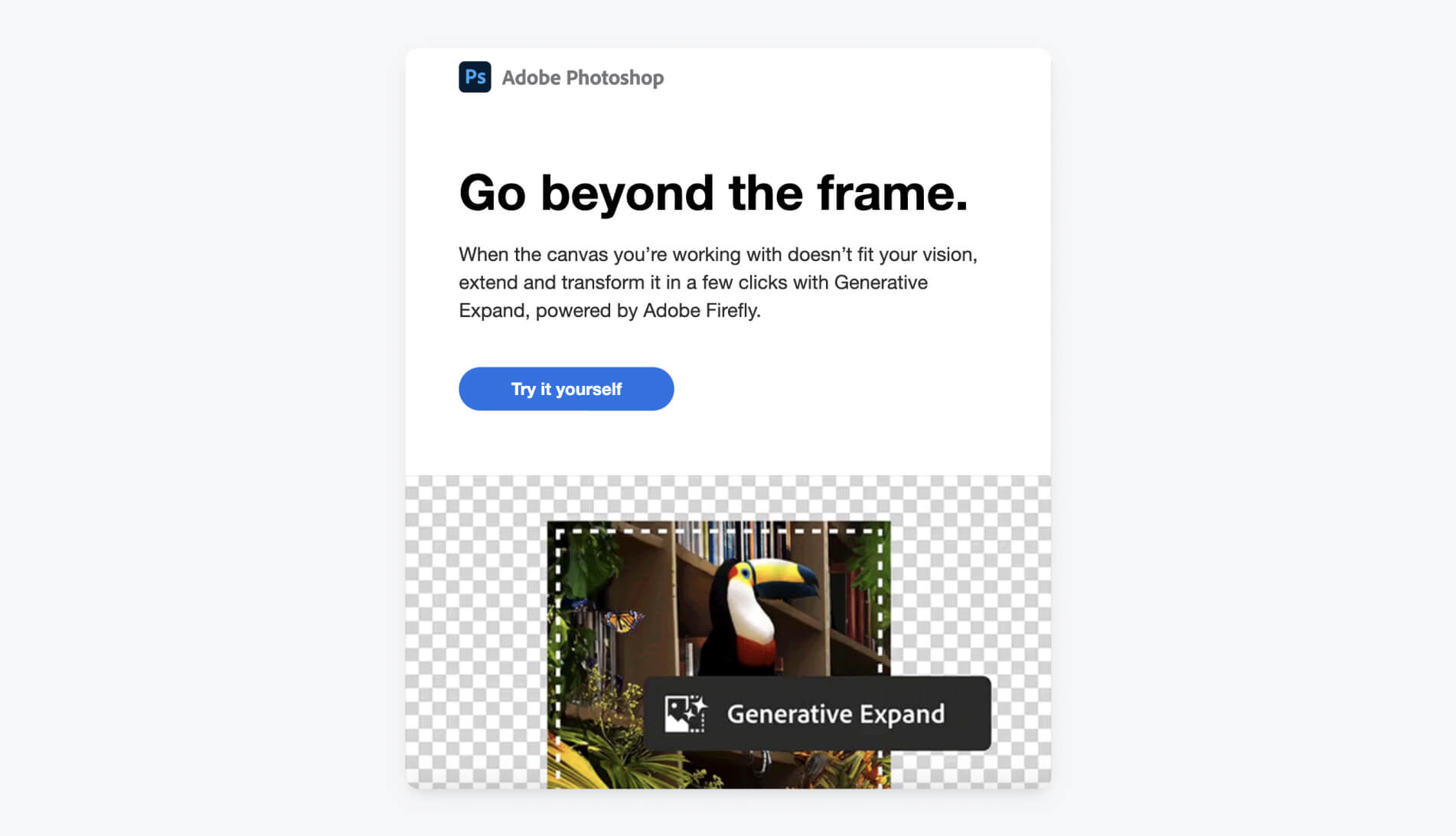
Engagement Shouldn’t be Boring
Incorporate gamification elements such as challenges, badges, or rewards to incentivize continued engagement and interaction with your app. Create achievement-based systems that encourage users to complete specific tasks, reach milestones, or participate in community activities within the app.
Everyone Loves a Mystery Box
Surprise users with unexpected rewards, gifts, or personalized messages to delight them and reinforce their positive experience with your app. Implement surprise and delight campaigns that offer random discounts, freebies, or special offers to users as a token of appreciation for their continued loyalty and engagement.
5. Monetization Stage Engagement Strategies
Systematic Retention
Implement a loyalty program or offer exclusive discounts for premium features to incentivize users to make in-app purchases. For example, a gaming app could reward users with virtual currency or special in-game items for completing certain levels or participating in events, encouraging them to make additional purchases to enhance their gaming experience.
Check out these 10 tips for creating more rewarding in-game challenges to max out mobile game engagement!
Exercise Transparency
When you’re dealing with peoples’ money, clarity and candor are key. Streamline the subscription management process and provide transparent information about subscription plans, billing cycles, and renewal dates to users. Send proactive reminders and notifications to alert users about upcoming subscription renewals, changes in pricing, or expiring trial periods to ensure they are informed and prepared to make decisions regarding their subscription status.
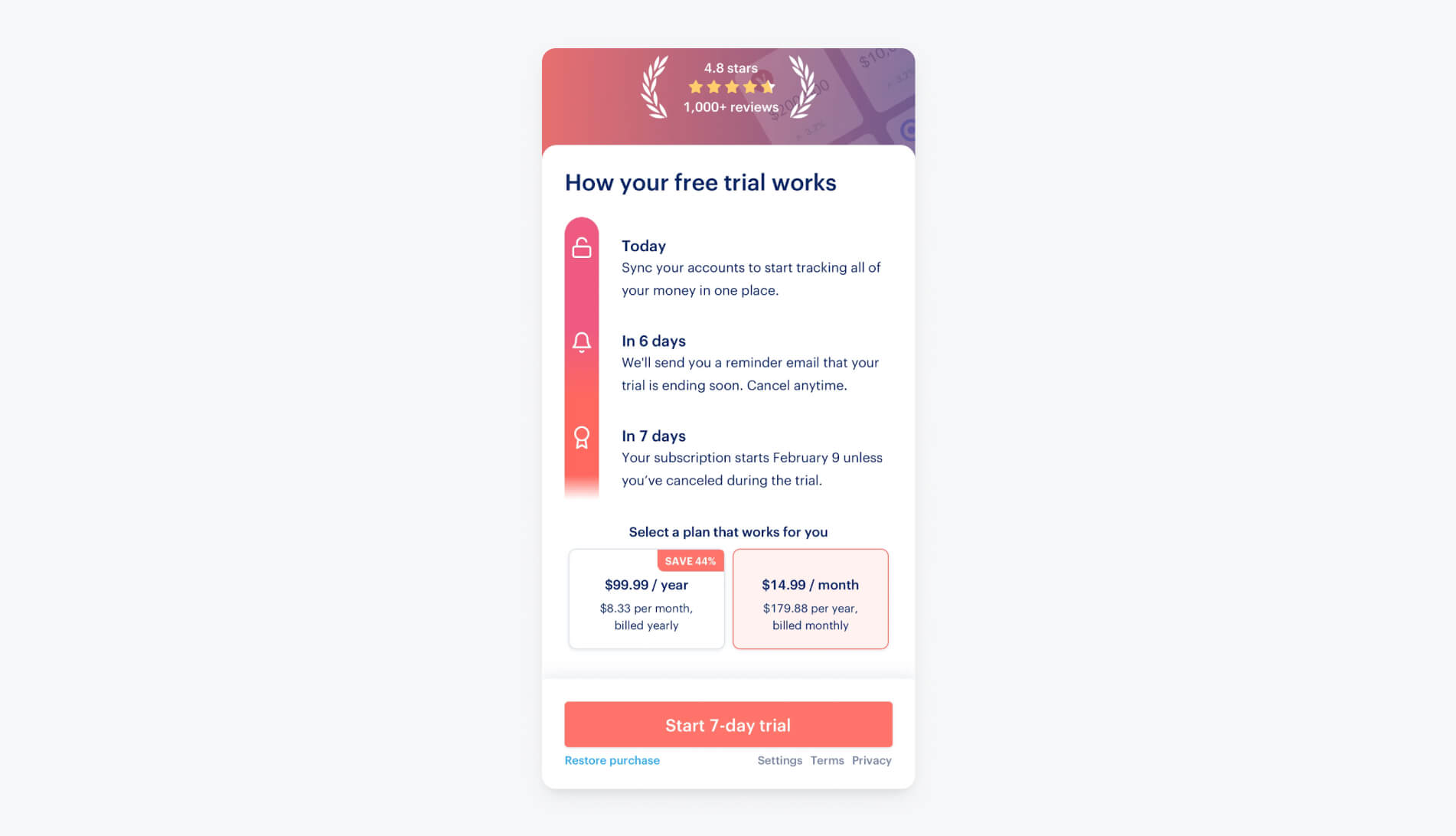
Highlight Value Across Plans
Implement upselling and cross-selling tactics to encourage users to upgrade to premium or higher-tier subscription plans, or to purchase additional products or services within your app. Highlight the benefits and value proposition of premium features or add-ons, and offer special promotions or discounts to incentivize users to make a purchase.
For example, a productivity app could offer a discounted upgrade to its premium plan with advanced features such as unlimited storage or collaboration tools, enticing users to unlock additional functionality and enhance their experience.
6. Re-Purchase Stage Engagement Strategies
Know Thy User!
Offer personalized recommendations based on users' past purchases to encourage repeat conversions. For example, an e-commerce fashion app could send personalized emails or push notifications with curated collections or product recommendations based on users' previous purchase history and preferences, enticing them to make repeat purchases.
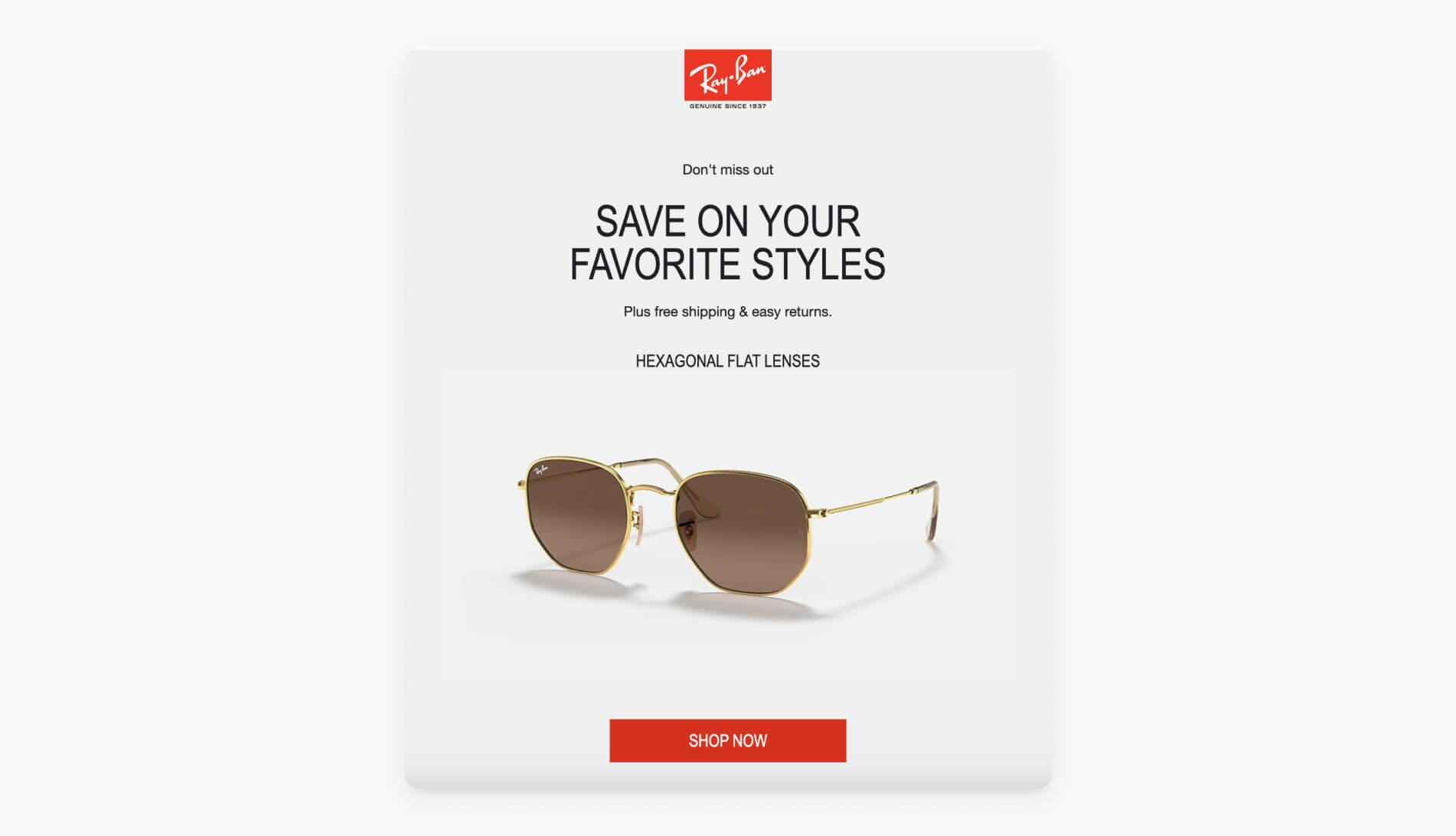
This email from Ray-Ban is personalized based on the user’s last recorded shopping history and does a great job of highlighting some incentives along the way — free shipping and easy returns. It’s personalized and it suggests a painless shopping experience.
Watch out for these message personalization mistakes — custom mobile experiences only work if they’re accurate!
Not Later, Now
Create urgency and excitement by introducing limited-time offers or flash sales exclusively for re-purchase customers. Offer time-sensitive discounts, bundles, or special promotions that are available for a short duration, encouraging users to take advantage of the offer before it expires. For example, a mobile gaming app could host a flash sale event where users can purchase in-game currency or special items at discounted prices for a limited time, driving engagement and revenue from re-purchase customers.
Always Be Teasing
Offer exclusive previews or sneak peeks of upcoming products, features, or promotions to re-purchase customers as a way to reward their loyalty and keep them engaged with your brand. Provide early access to new releases, beta versions, or behind-the-scenes content that is not yet available to the general public, giving re-purchase customers a sense of exclusivity and insider access.
7. Loyalty & Retention Stage Engagement Strategies
Bring Users Together
Foster a sense of community and ongoing engagement through user forums, social media groups, or exclusive content. For instance, a meditation app could create a dedicated community space where users can share their experiences, connect with like-minded individuals, and participate in guided meditation sessions or live Q&A sessions with experts, fostering a sense of belonging and encouraging long-term engagement and retention.
Or perhaps an independent e-bike company decides to promote a new celebrity partnership via a local community event…
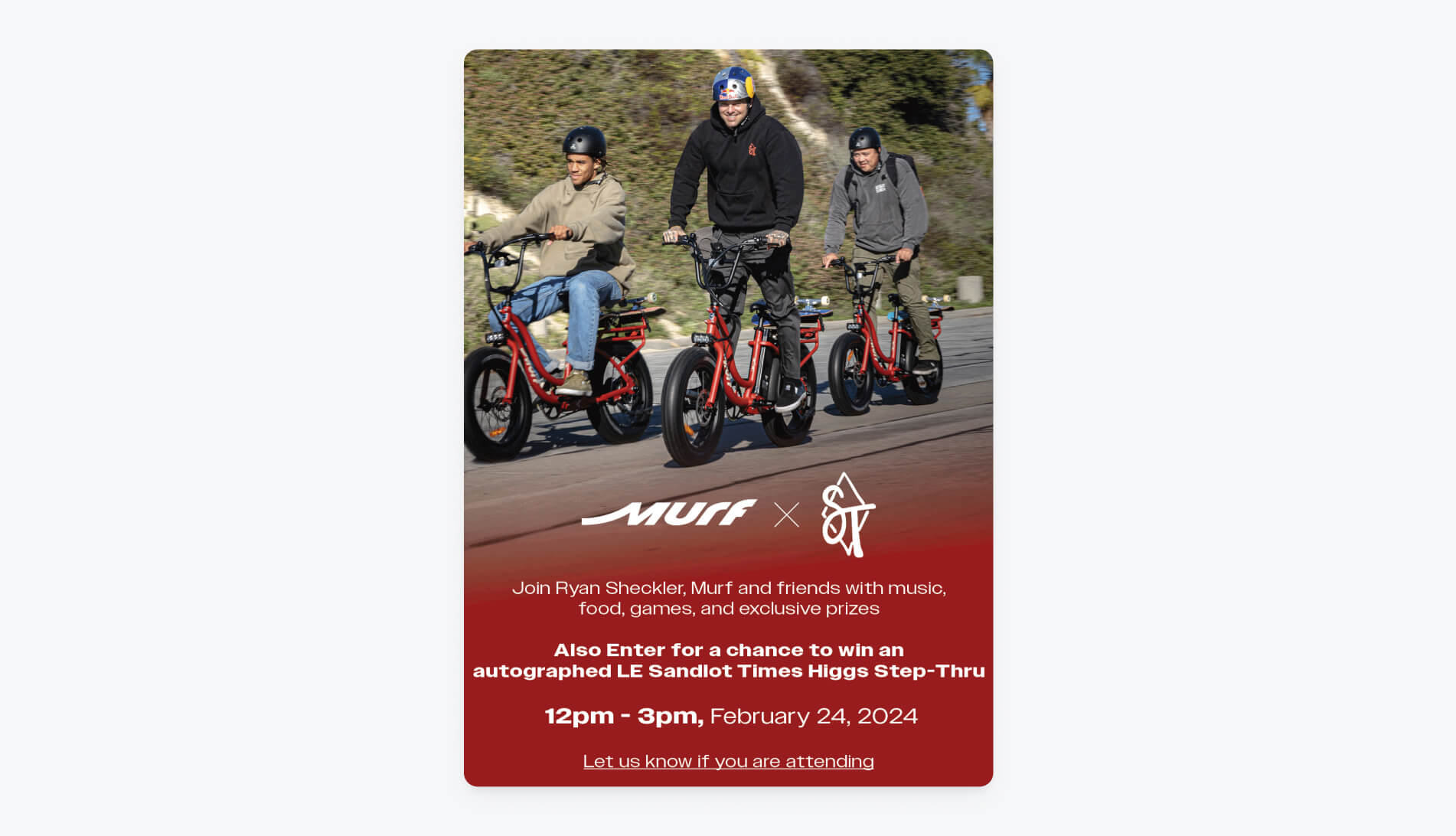
The goal here is to bring your community together, while entertaining, educating, and rewarding those who participate. A user base that feels like a family will be much less likely to churn than one that feels like just another anonymous customer.
Celebrate Your Champions
Create VIP programs or loyalty tiers that offer exclusive benefits, perks, or rewards to your most loyal and engaged users. Provide special privileges such as early access to sales, VIP customer support, or members-only events to incentivize continued engagement and reward loyalty.
Find Reasons to Party
Celebrate user anniversaries, milestones, or achievements within your app to recognize and reward users for their continued loyalty and engagement. Send personalized messages, virtual badges, or special offers to commemorate users' membership anniversaries, birthdays, or milestones such as reaching a certain number of purchases or points.
OneSignal Lives For User Engagement
Whether you’re designing a new in-app onboarding sequence to retain week-one users, automating your next email re-engagement campaign, or dipping your toes into the word of cross-channel messaging journeys, OneSignal has your back. No matter where your users are in their journey, a rock-solid omnichannel messaging provider is the backbone to delivering personalized content that resonates in the long run.
But, we know it’s a big decision. Take your time and try OneSignal for free to see if we’re a good fit.
Create a Free OneSignal Account